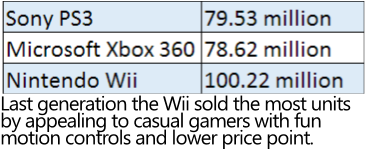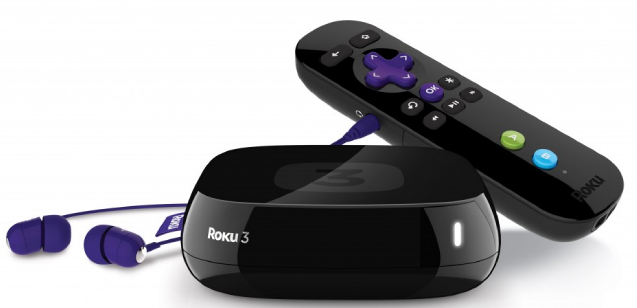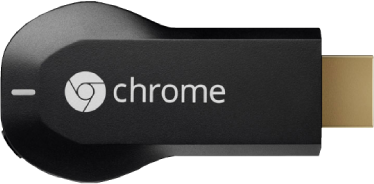Realistically the lowest the Xbox Lite would cost is $250, but $200 is still considered the most desirable price point for personal tech, it's the right level Microsoft should be aiming for. Until now gamers have represented the market for $400-$500 home consoles. Both Microsoft and Sony are attempting to reach out to a broader demographic by touting the entertainment capabilities of their respective console, but it remains to be seen if they'll be successful at the current price point.
Many are focusing on the fact that the Xbox One cost $100 more than the PS4, it's direct competitor. This $100 difference is attributed directly to the inclusion of the Kinect which holds little appeal for most gamers. While movement controls may be interesting concept, they are still a long way off from replacing the traditional controller.

Both systems will sell well to their respective base, but there is also a large amount of casual gamers still left on the table. Last generation that group was overwhelmingly won over by the Nintendo Wii.
Microsoft has clear intentions after this casual gamer demographic, those who were intrigued by the Wii motion controls and have a few gaming apps on their smartphone. Many people have been turned onto gaming from their tablet or smartphone based on interaction and functionality, yet their tv's lay aged and still reliant on old cable activities.

Devices like the Roku and Chromecast do patchwork on the largest screen in the house, but overall behavior and enjoyment levels remain stagnant.
do patchwork on the largest screen in the house, but overall behavior and enjoyment levels remain stagnant.
How can Microsoft capitalize with the xbox? By releasing a $200 version. By reducing the processing power and memory, Microsoft can save on costs for each system. The reason gaming consoles are so expensive to manufacture is that they must be able to support the next half-dozen years of graphics improvements. But a $200 Xbox could forego graphics duke-out, and leave that to the Xbox-One. Instead the $200 Xbox could concentrate on casual gamers who have less demand for graphics as long as gameplay is fun.
This is where Microsoft can excel. By combining the Kinect and entertainment capabilities of the xbox, Microsoft can target the casual demographic at a lower price point.
We're in an age where we can watch movies anytime on a phone on the subway. Kids are playing more advanced games on their $120 Android tablet than were possible on high end systems a decade ago. But there are two reasons why the home console market will remain highly lucrative- 1)The TV is still the largest screen people own 2) The living room is everybody's most comfortable spot.
The Xbox can improve everything you do on your tv, and the time it takes you to do it. It combines instananeous switching between Console, TV, Internet, and any app you can think of without the need of hunting for the remote. It's cool, it's fun, and will improve at a quick pace once people start buying into the system.
But the people in the market for a cool gadget aren't ready for the commitment of forking over $500 and a required $50 annual membership fee. That's a little much for most and it's a tough sell to catch on.
Instead release a cheaper version, focusing purely on the entertainment elements for $200. Don't ditch the Kinect, embrace it.
Basically it'll be a tablet for your tv, a better version of the wii, and the next step in personal computing. By not being required to cater to serious gamers, specs, processing power, memory, material, can all be stripped down to lower costs. This allows the casual gamers and techies to hop on board at a lower price point. While MS may view this as missing out on potential game revenue, it's more important to think of the added entertainment revenue. Plus the added users to their ecosystem. All for the low price of $200.


 do patchwork on the largest screen in the house, but overall behavior and enjoyment levels remain stagnant.
do patchwork on the largest screen in the house, but overall behavior and enjoyment levels remain stagnant.





